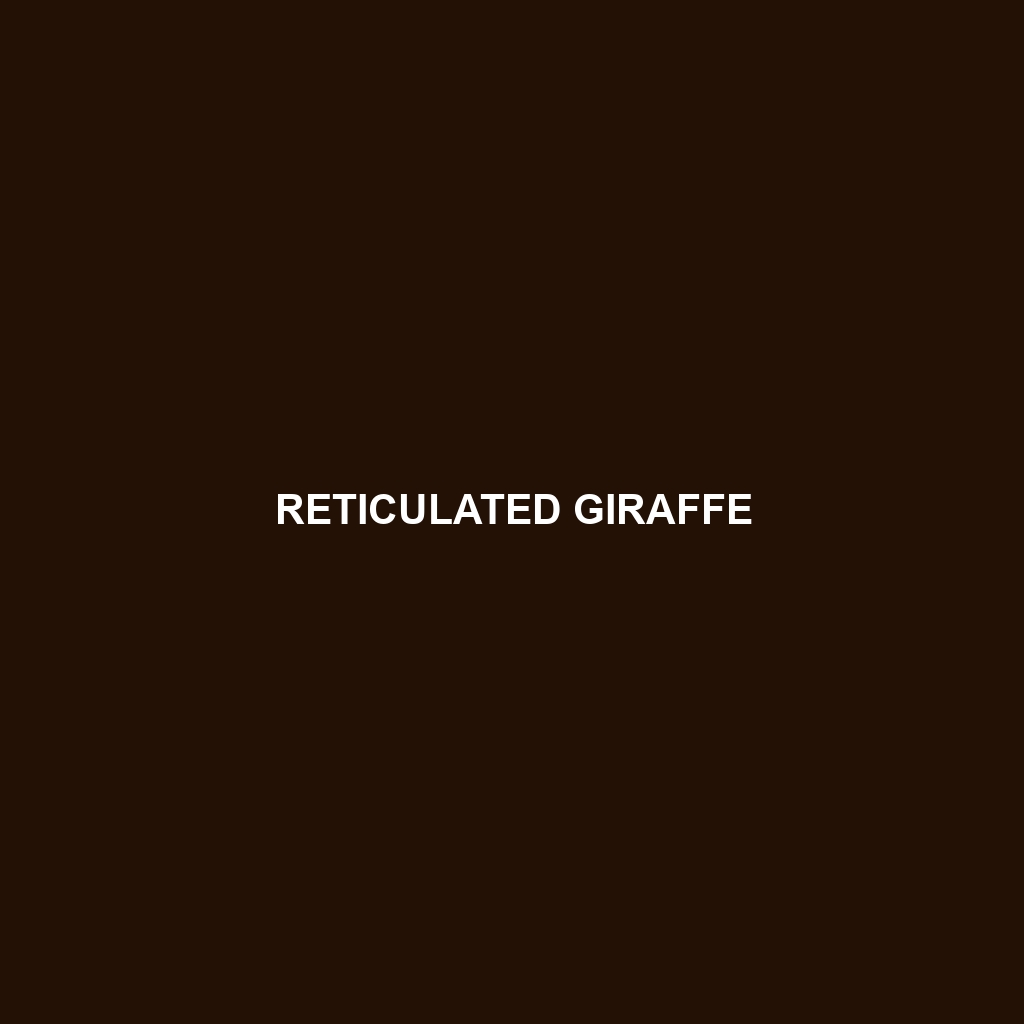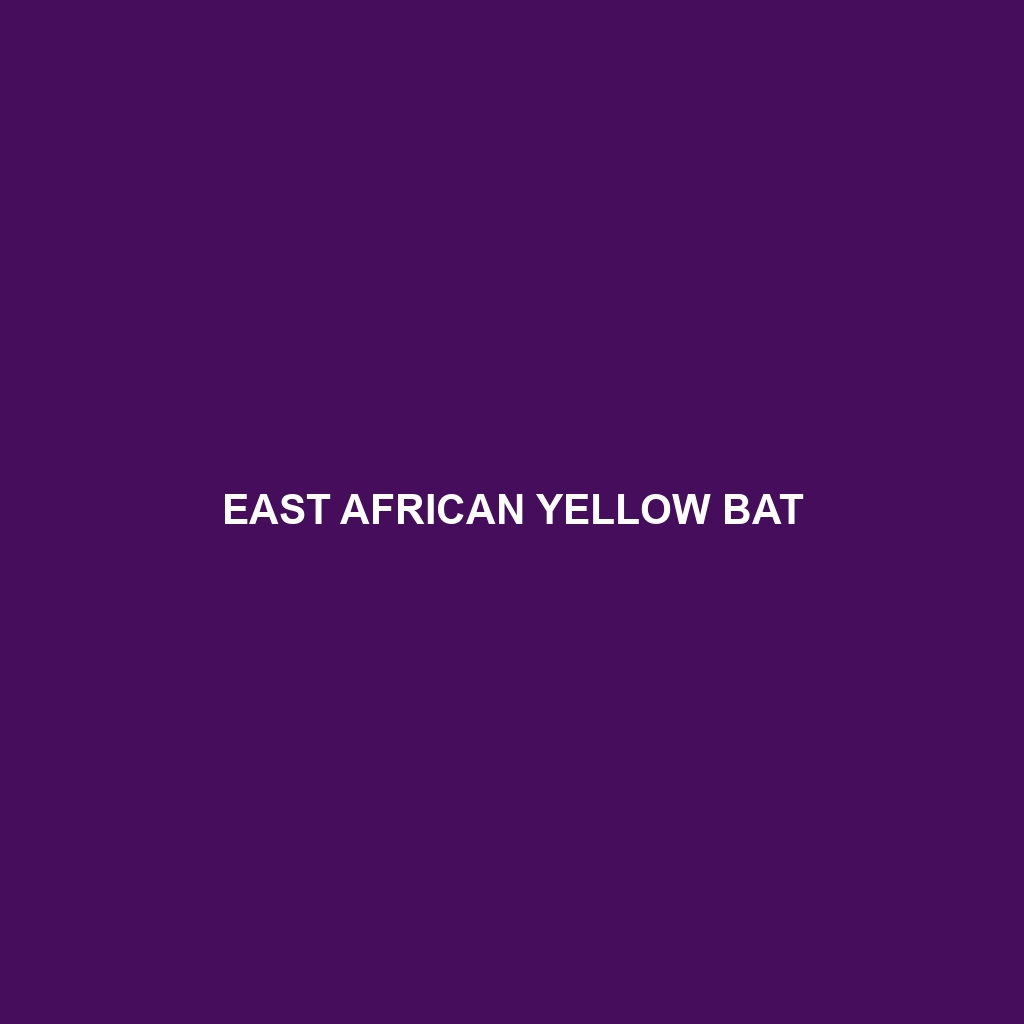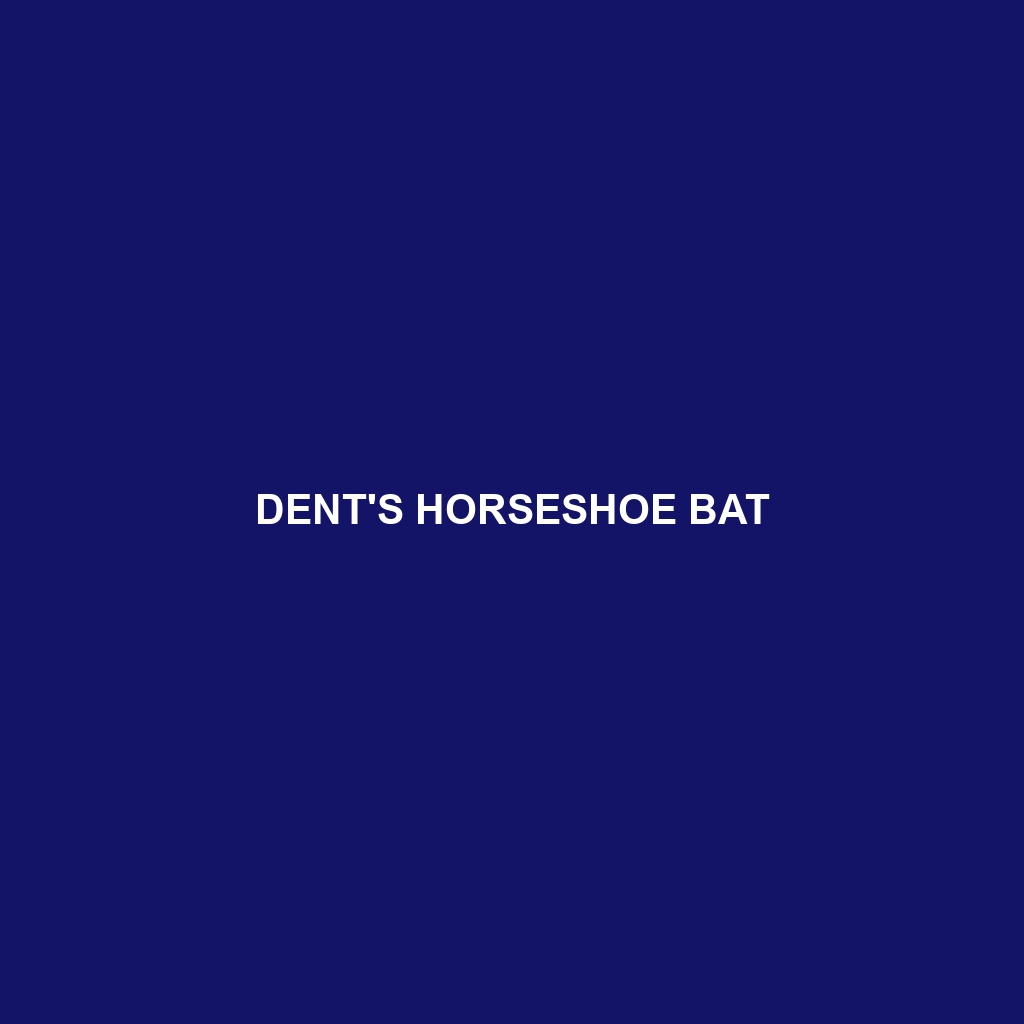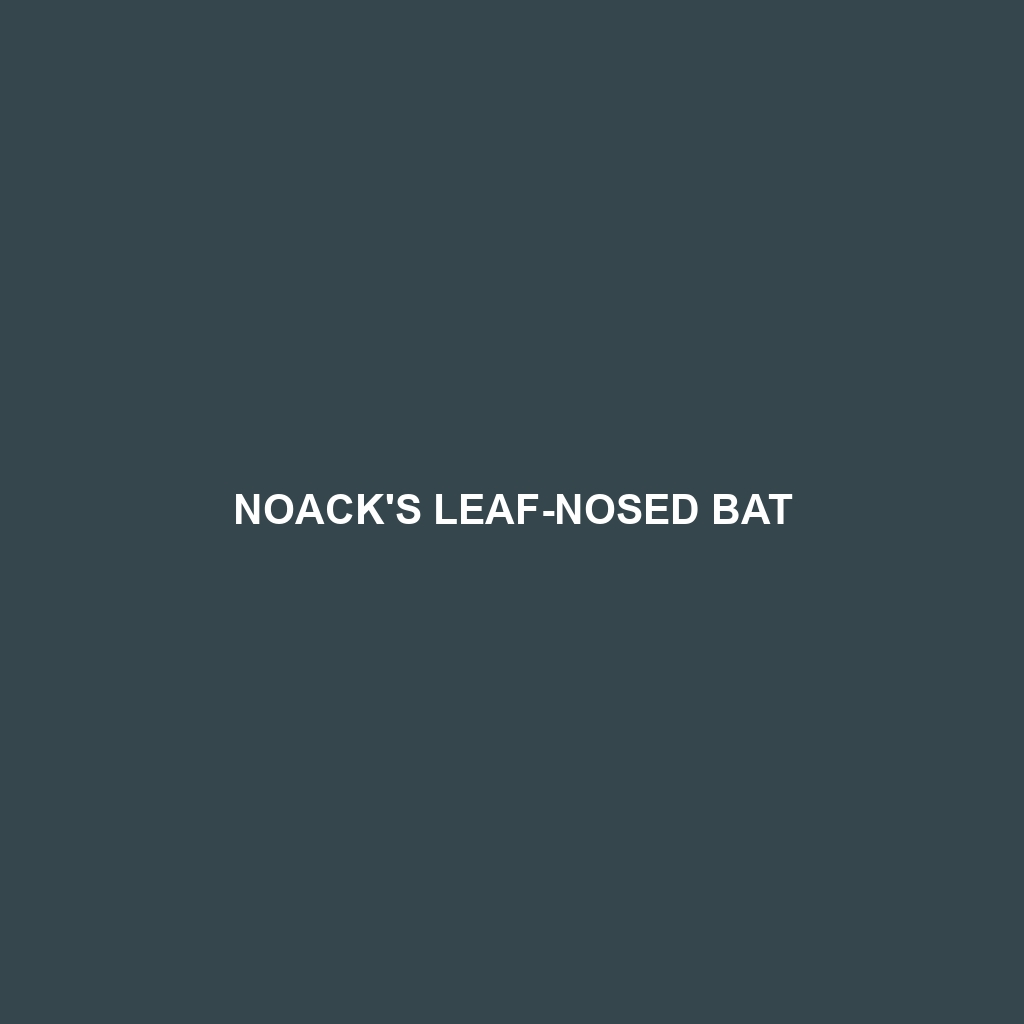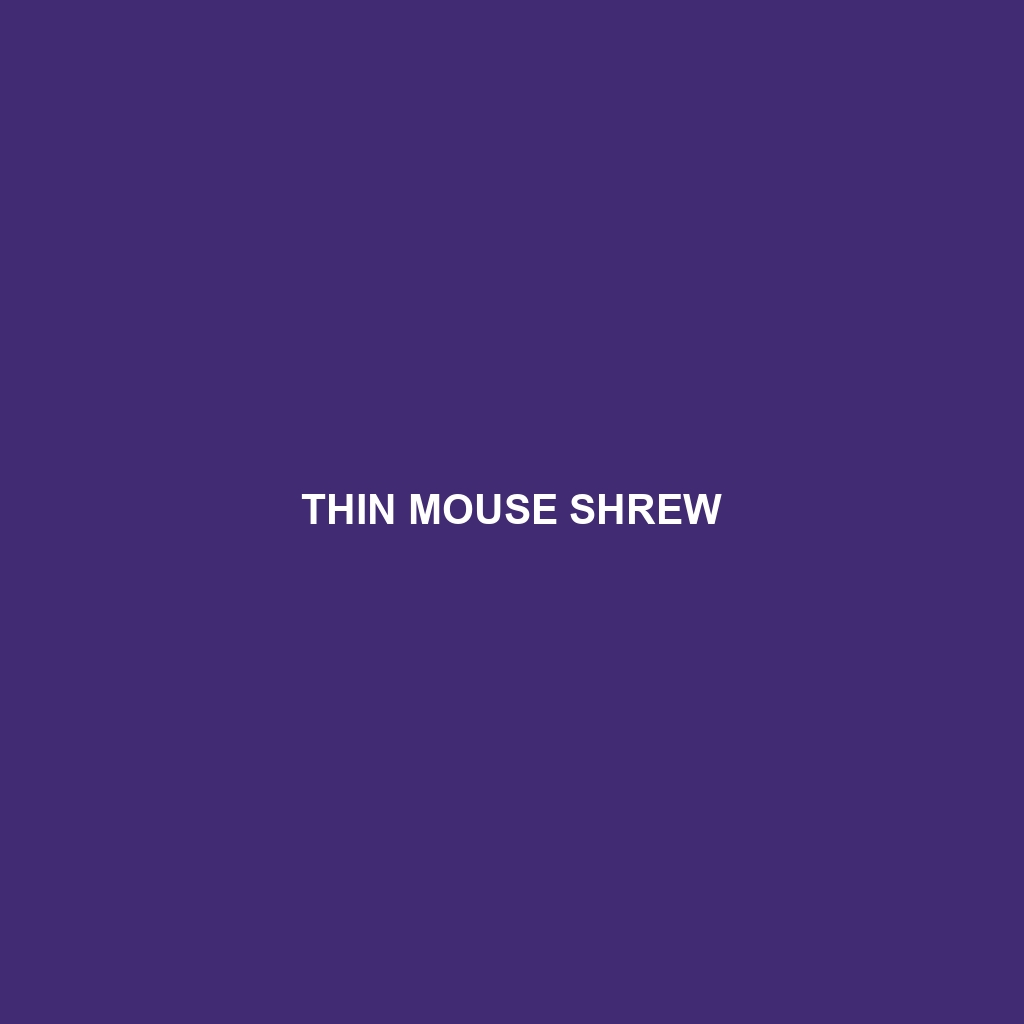Discover the wonders of the Northern Giraffe (<i>Giraffa camelopardalis</i>), one of Africa's tallest animals, thriving in the savannas and grasslands of Central and East Africa. With their distinctive coat and long, prehensile tongues, these majestic creatures not only browse high foliage but play a vital role in maintaining ecological balance. Despite their fascinating adaptations, the Northern Giraffe is currently classified as "Endangered," highlighting the urgent need for conservation efforts to protect their dwindling population.
Tag: Uganda
Greater Kudu
Discover the intriguing world of the Northern Bushbuck, a medium-sized antelope native to the dense forests and thickets of East Africa. With their striking reddish-brown coats, impressive spiral horns, and fascinating behaviors, these adaptable creatures play a crucial role in their ecosystem. Learn about their diet, reproduction, and the conservation efforts needed to ensure their survival in the wild.
Weyns’s Duiker
```html <p>Discover the elusive <b>Rwenzori Red Duiker</b> (<i>Cephalophus rubidus</i>), a small to medium-sized antelope thriving in the montane forests of the Rwenzori Mountains. This endangered species showcases unique adaptations, including a striking reddish-brown coat and crepuscular behavior, as it plays a vital role in its ecosystem through seed dispersal and maintaining forest health. Learn more about its habitat, diet, and conservation challenges in our detailed blog post.</p> ```
Natal Red Duiker
Discover the enigmatic Kivu Duiker, a small antelope native to the montane forests of the Albertine Rift in East Africa. Known for its elusive nature and distinctive features, including slender legs and spiraled horns, this vulnerable species plays a crucial role in forest ecosystems as a seed disperser. Learn about its habitat, behavior, diet, and conservation challenges in our latest blog post.
Nyanza Serotine
Discover the captivating world of the Nyanza Serotine, a medium-sized bat thriving in the diverse ecosystems of East Africa. Explore its impressive adaptability, unique foraging behaviors, and vital role in controlling insect populations, all while facing the challenges of habitat loss. Learn more about this vulnerable species and its importance in maintaining ecological balance in the region.
East African Yellow Bat
Discover the fascinating world of the East African Yellow Bat (<i>Scotophilus dinganii</i>), a vibrant nocturnal species thriving in the lush habitats of East Africa. With its striking yellow fur and agile flying abilities, this bat plays a vital role in controlling insect populations and maintaining ecosystem balance. Learn about its unique behaviors, reproductive cycle, and the conservation challenges it faces in this insightful blog post.
Dent’s Horseshoe Bat
Discover the fascinating world of Decken's Horseshoe Bat (*Rhinolophus deckeni*), a medium-sized bat found in the lush forests of East Africa. With its distinctive horseshoe-shaped noseleaf and advanced echolocation abilities, this nocturnal creature plays a vital role in controlling insect populations and aiding in plant pollination. Learn about its habitat, diet, and the conservation challenges it faces in this engaging exploration of one of nature's hidden gems.
Noack’s Leaf-nosed Bat
Discover the fascinating world of Noack's Leaf-nosed Bat (*Hipposideros pomona*), a vulnerable species native to Africa's diverse ecosystems. With their distinctive leaf-shaped noses and nocturnal behaviors, these bats play a crucial role in pest control and serve as bioindicators of environmental health. Explore their habitat, diet, and conservation challenges in this insightful blog post.
Thin Mouse Shrew
Discover the fascinating world of the **Thin Mouse Shrew**, a small insectivorous mammal thriving in sub-Saharan Africa's lush ecosystems. With its distinctive slender body, nocturnal habits, and vital role in pest control, this creature is not only an agile forager but also a key player in maintaining ecological balance. Learn about its unique characteristics, habitat preferences, and conservation status in our latest blog post.
